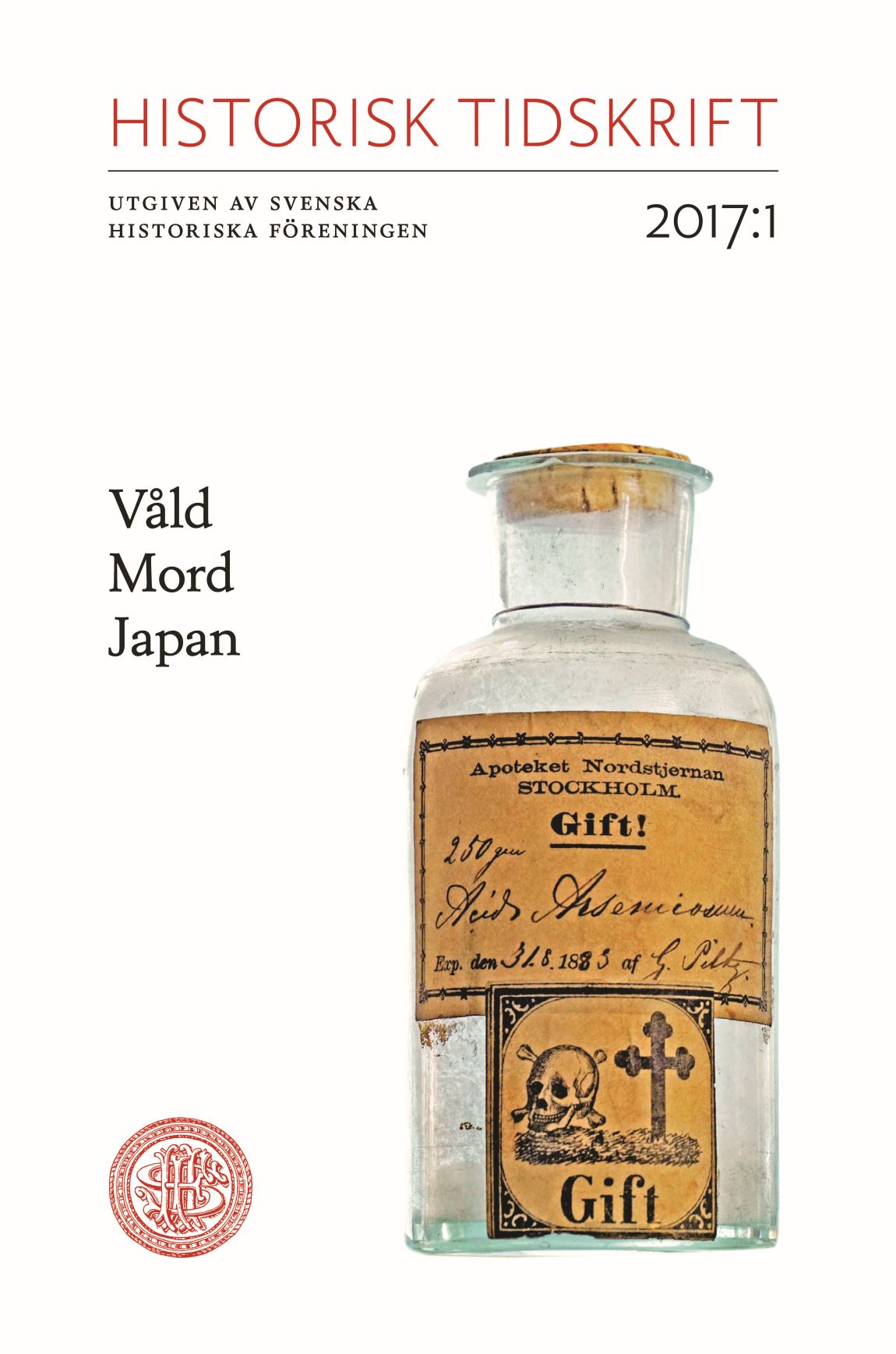Abstract
Hatred, despair and love: Women’s deadly violence in the late 19th century
During the latter half of the 19th century, women constituted 10 to 15 percent of the number of persons convicted for murder or manslaughter, a figure that does not include convictions for infanticide or, more correctly, neonaticide. A survey of a total of 114 cases taken from the Göta Court of Appeals in the period 1858–1899, reveals that women’s deadly violence were foremost directed at three categories of victims: their spouses, their children, and elderly household members. A forth residual category of victims includes people killed during robberies, due to some kind of emotional conflict or rivalry over a man, or by perpetrators who were sentenced to psychiatric care. In the latter case, the victims sometimes seems to have been random. In more than half of the cases investigated poison was used, mostly arsenic but in some cases phosphorus. When small children were the victims, suffocation or drowning were the most common methods. A clear majority of the accused women were wives or widows suspected of killing their husband. Most of the accused maids were charged with infanticide.
As the identity of the victims suggests, there existed a close relationship between the perpetrator and the victim. In most cases, it appears that the crime had grown out of a situation where the parties involved had been living under the same roof for a long time. This is hardly surprising, in the light of the strong links between women and the household, especially in agrarian societies like 19th-century Sweden that were characterized by a patriarchal order. The investigation also shows that a considerable number of the women accused were acquitted, in many cases thanks to the strict process rules associated with the statutory theory of legal proof.
The article hypothesizes that these poisonings can be best understood by a focus on agency, as acts whereby (female) subjectivity was created in this period. Violent acts can be conceptualized with the help of a model that distinguishes different possible subject positions. From this perspective, the violence committed can be seen as an element of subject constitution, i.e. the process whereby a person creates herself as an individual within a specific social context and culture. This means that the violent act was more than a ”solution”, more than resistance or a desperate response to an unbearable situation – it was, or was intended to imply, a change in subject position.

